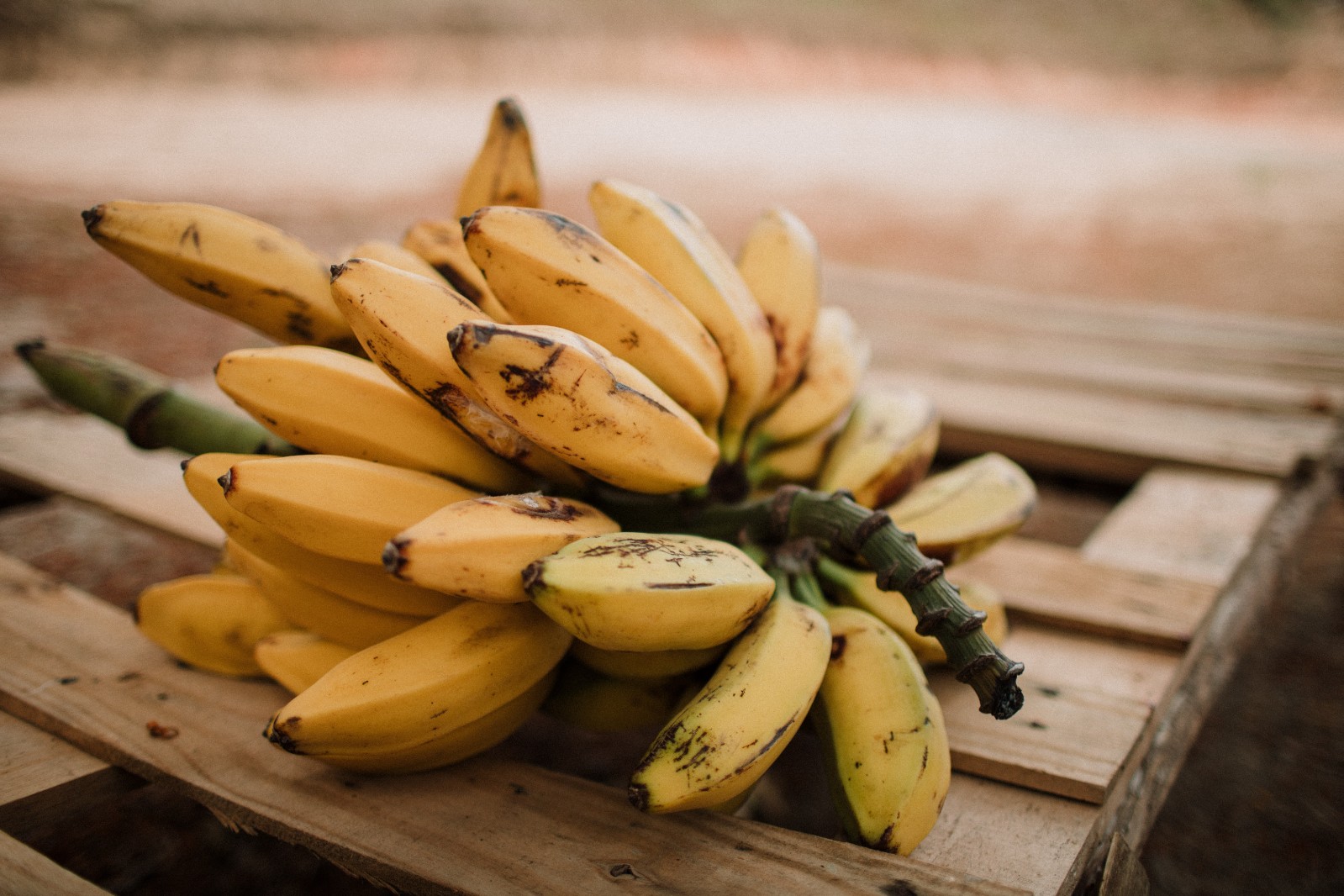


Researchers at Australia's Queensland University of Technology (QUT) have submitted a genetically modified Cavendish banana to regulators, saying the variety is resistant to the banana wilt disease, also known as Fusarium banana.
According to reports, this variety is named QCAV-4, which is resistant to Fusarium wilt tropical type 4 (TR4) through genetic modification. This strain is the latest type of Fusarium oxysporum Cuban-specific fungus, a soil-borne pathogen that attacks banana roots by clogging the vascular system of bananas, causing banana wilt and has seriously threatened the global banana industry. Especially in the Philippines, the TR4 strain has caused its banana export ranking to slip from the second to the third in the world.
After QCAV-4 is approved, it will become the first genetically modified fruit allowed to be grown and consumed in Australia, and also the first approved genetically modified banana variety in the world. Even if regulators give the breed the green light, however, the research team doesn't plan to make it commercially available for production or consumption immediately. Professor James Dale, who led the research on the QCAV-4 variety, said the variety could offer growers a potential remedy should the blight decimate Australia's banana industry.
In the 1950s, due to the ravages of the TR1 fungus, global banana production was greatly reduced, and the Cavendish banana gradually replaced the original dominant variety Gros Michel. TR4 was first discovered in Taiwan in 1989. It spreads stronger and faster, and can infect Cavendish bananas. TR4 rapidly spread to mainland China, Indonesia, Malaysia, the Philippines, and northern Australia, and landed in the Americas in 2019. Concerns have been raised in the global banana industry as Latin America and the Caribbean dominate the global supply of bananas.
After more than 20 years of research at the Queensland University of Technology in Australia, the QCAV-4 variety was developed by introducing a wild banana resistance gene that is immune to TR4 into the Cavendish banana. Professor Dale said that they began to plant this variety in the experimental field in 2018, and the experiment is still going on. After 4 years of experimentation, the infection rate of the QCAV-4 variety was 2%, while the infection rate of two batches of common Cavendish bananas was 95% and 75%.
Australia's Office of the Gene Technology Regulator believes the achievement is an important milestone, although there are still many steps to take. "The Gene Technology Regulator will carefully review any risks that commercial cultivation of GM bananas may pose to humans and the environment," a spokesman for the office said. license. They plan to hold two stakeholder consultations in August, as well as a public consultation, to explore the issue.
Genetically modified bananas not only need to pass the government's fruit and environmental safety assessment, but also face the question of whether they will gain the trust of consumers. When Professor Dale's experiment was still in progress, industry insiders raised various opinions. Some people worried that genetically modified bananas would not be accepted by the market. Opponents of GMO fruit are also urging the industry to look for alternatives to traditionally grown bananas, which also include banana varieties other than the Cavendish, some of which are more nutritious and tastier than the Cavendish.
Need help or have a question?
Send mail